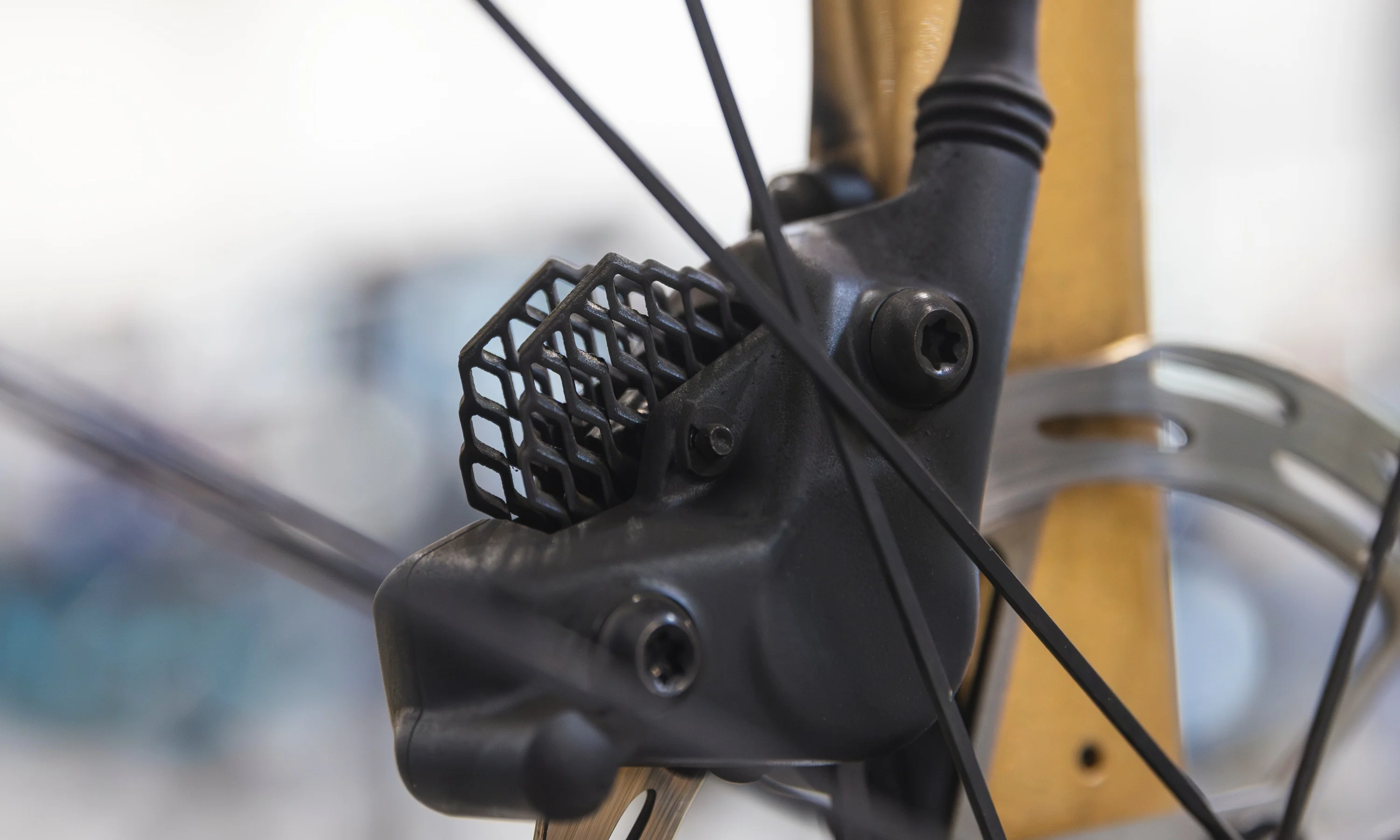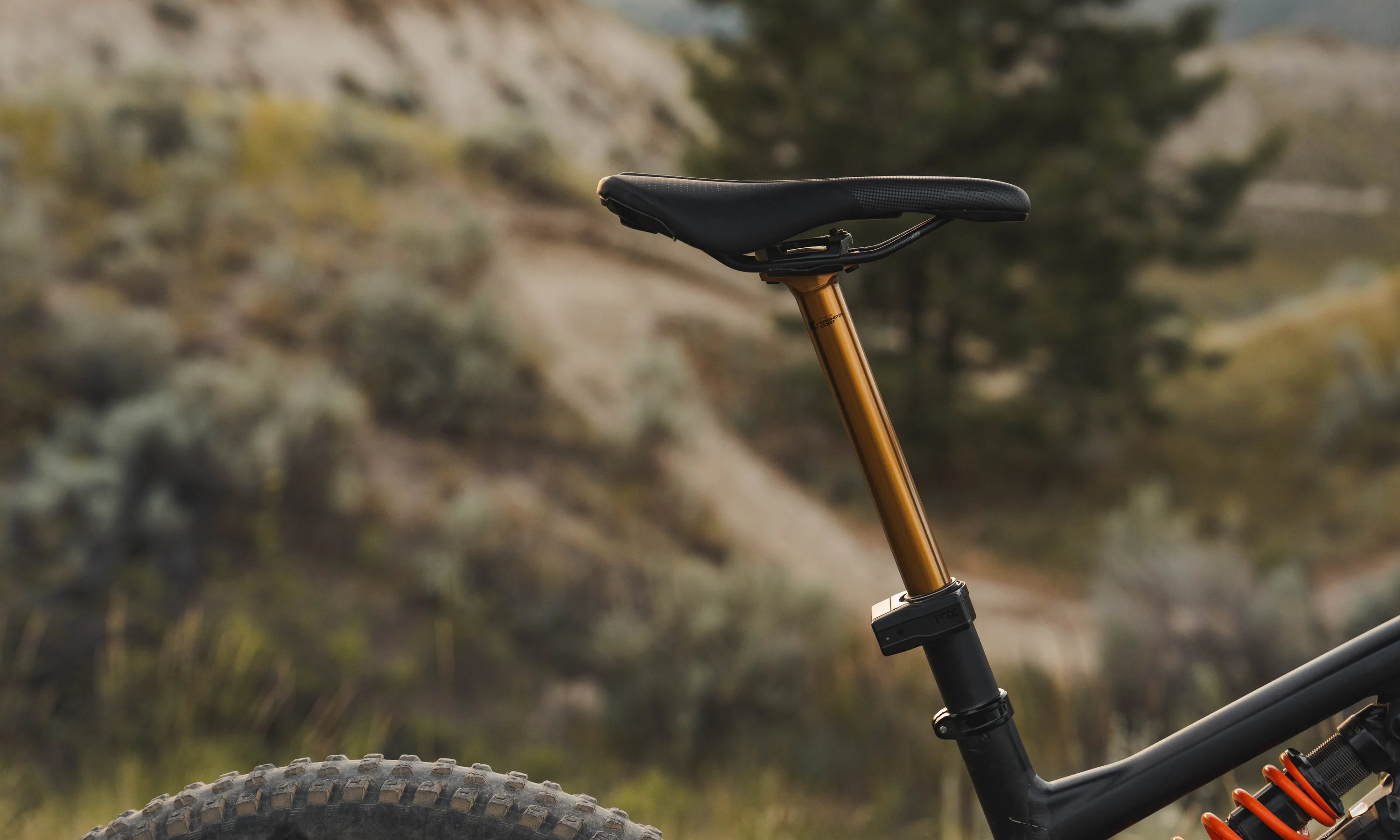Elegant solutions are always best. Sometimes these clever engineering flourishes are hidden deep in a frame’s carbon layup or manifest as an imperceptible detail in a cassette’s tooth geometry. But every so often, a clever design is top of mind every time you hop on a bike. Lazer’s new Kineticore helmet technology is the latter. Literally.
Quick and dirty: Kineticore is Lazer’s new helmet technology. It is designed to be an alternative to MIPS or similar technologies that absorb rotational impact.
- Kineticore is sculpted EPS foam on the helmet interior.
- Lazer claims Kineticore is lighter, better ventilated, and less wasteful than MIPS.
- Three Kineticore helmets (Vento, Strada, Jackal) received five-star safety ratings from Virginia Tech.
|
Lazer Vento road |
Lazer Strada road |
Lazer Jackal MTB |
|
|
Weight |
290g |
290g |
340g |
|
MSRP |
$299.99 |
$199.99 |
$219.99 |
|
Virginia Tech Rating |
Five stars |
Five stars |
Five stars |
|
Extras |
Tail light mount |
Tail light mount |
Action camera mount |

What is Kineticore?
The old saw of “Addition by subtraction” is cliche. But darn it if that isn’t exactly what Lazer did with Kineticore. MIPS, the original and most prolific form of rotational impact protection, takes an existing helmet, and adds a plastic slip-plane inside of the EPS foam shell. (Of course, the actual engineering and production is far more complex.)
Instead of adding a component to address rotational impacts, Lazer shaped the helmet’s EPS foam to achieve the same result as a MIPS slip-plane.
Internal blocks and channels are molded into the EPS foam, specifically designed to dissipate both rotational and linear impacts. Like a car’s crumple zone, Kineticore is hidden beneath the surface, ready to absorb all manner of impacts. As you might expect, a conventional EPS foam helmet with a smooth inner surface does not absorb rotational or oblique impacts.
The Vento, Strada, and Jackal helmets all received five-star protection ratings from Virginia Tech. VT is the only independent testing facility currently testing helmets for rotational impacts, in addition to the conventional linear impacts.
Kineticore benefits
Along with the aforementioned protective benefits, Lazer claims that Kineticore offers three key advantages over a MIPS or WaveCell helmet: Lighter weight, better ventilation, and less plastic materials used.
The first two claims are pretty easy to confirm. The top-of-the-line Vento helmet weighs 290 grams. That is competitive with a POC Octal MIPs helmet, a fully ventilated helmet weighing 270. And yet the Vento is designed to be an aero road helmet. The Evade II, Specialized’s top-end aero helmet with MIPS SL, weighs 305 grams. To be fair, the Vento isn’t world-beating — Giro’s new Eclipse Spherical aero helmet weighs 270g — but it is on par.
Ventilation is a bit more subjective than weight, but based on some warm early-spring rides with a test Vento, it seems very cool, even up against non-aero helmets. Read on for the full review of that helmet.
Third and finally, Lazer claims the Kineticore construction requires 24% less plastics than a helmet with MIPS. Makes sense because there isn’t an extra plastic liner in there. But without an easy way to verify that, you’ll have to draw your own conclusions about the true environmental impact (or lack thereof) of this new helmet technology.

Lazer Vento Review
I got my hands on the top-of-the-line Vento helmet ahead of the release to see firsthand how the Kineticore technology works. I haven’t been inclined to wear aero road helmets lately, instead opting for conventional designs with full venting. I must say, I’ve been happily wearing the new Vento on all of my recent gravel rides, plus even an XC mountain bike ride for good measure.
Out of the box, the Vento cuts a trim and tidy figure. Lazer isn’t the only company to figure out how to make aero road helmets look nice, but it’s worth appreciating how far we’ve come with aero road helmets.
On that topic, Lazer has replaced the Bullet 2.0 with the Vento. It says this new helmet is 2.3% more aerodynamic than its predecessor but sheds a whopping 29% of the weight. Lazer has a high-tech, heat-sensor equipped head form (a creepy mannequin head), and with that nifty little testing setup, the Vento is measured at 5.4% cooler.
That’s all to say that this is a more modern approach to the aero road helmet. And out on the road, it shows.

Overall fit is true to size and comfortable with lightweight straps, antimicrobial pads, and a new take on Lazer’s rear retention system. The top-mounted RollSys dial has been replaced with the ScrollSys, a treadmill-like adjuster on the rear of the helmet. Just like the old dial system, ScrollSys evenly tightens the retention system with small detents for micro-adjustments. The rear retention can also be vertically adjusted.
In the ventilation department, Lazer has added two sizable intake vents, front and sensor. Remember those aerodynamics specs compared to the Bullet II? It’s pretty impressive that the Vento more than holds its own, even with those air holes. Using the many heat sensors in my own personal head form, it felt like the Vento delivered on its ventilation claims. As is the case with aero road helmets, the faster you go, the better the ventilation works. On a slow-speed climb, I started to notice a bit of extra warmth that isn’t there when wearing a conventional fully vented helmet.
Lazer also added vents and grippers specifically for holding sunglasses. I was happy to see this feature, but unfortunately it didn’t jive with all of my sunglasses. It worked wonderfully with 100% Speedcraft sunglasses, but my Oakley Jawbreakers were not as secure. A for effort, but your results may vary.

Conclusion
While I’ve always appreciated the protective qualities of MIPS, the extra weight, less venting, and helmet jiggle are a bit off putting. That hasn’t stopped me from riding MIPS, and in fact I currently wear a Fox Speedframe helmet with MIPS.
Plus, there are other helmet technologies, such as WaveCell, MIPS SL, MIPS Spherical, and POC’s SPIN. So we cyclists have no reason not to find a helmet that works for our preferences with the best protection possible from a wide range of impacts. Kineticore isn’t the only system out there to protect your head from rotational impacts. I don’t have the laboratory equipment or knowhow to tell you it is the best either.
However, it’s my favorite system to date because it is so minimal and elegant. I guess I’ll be wearing an aero road helmet a little more often.

























